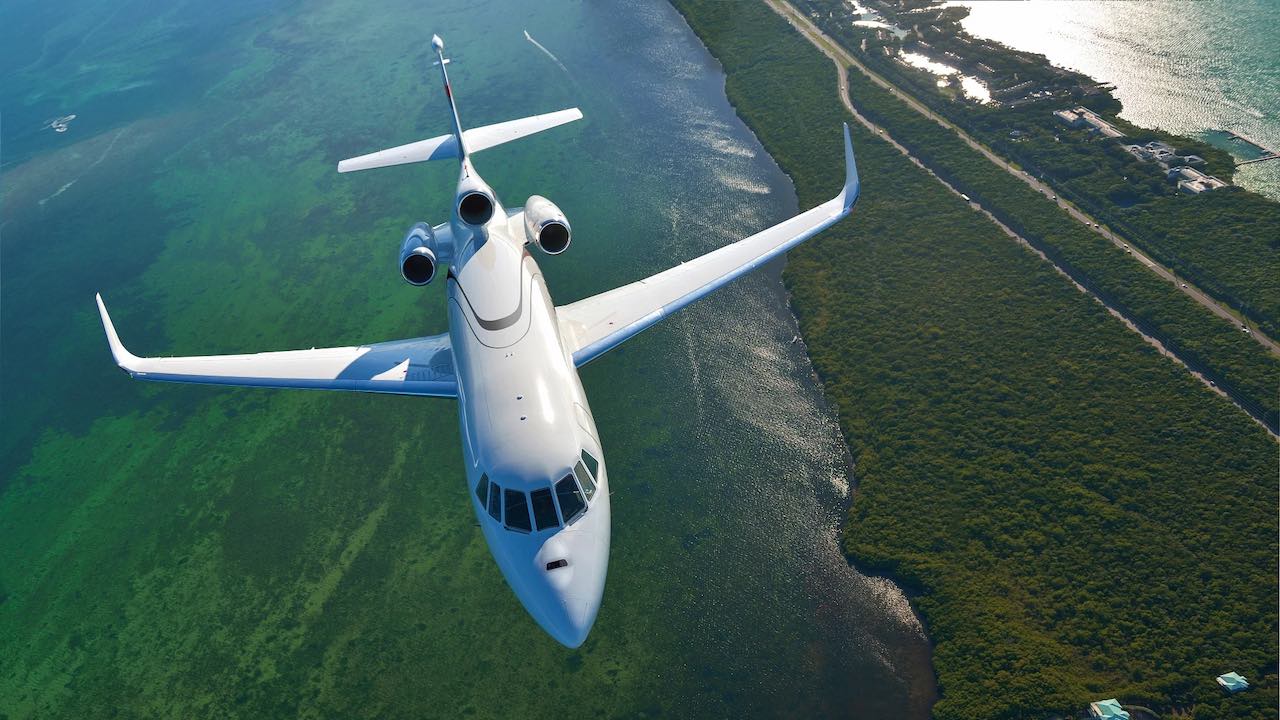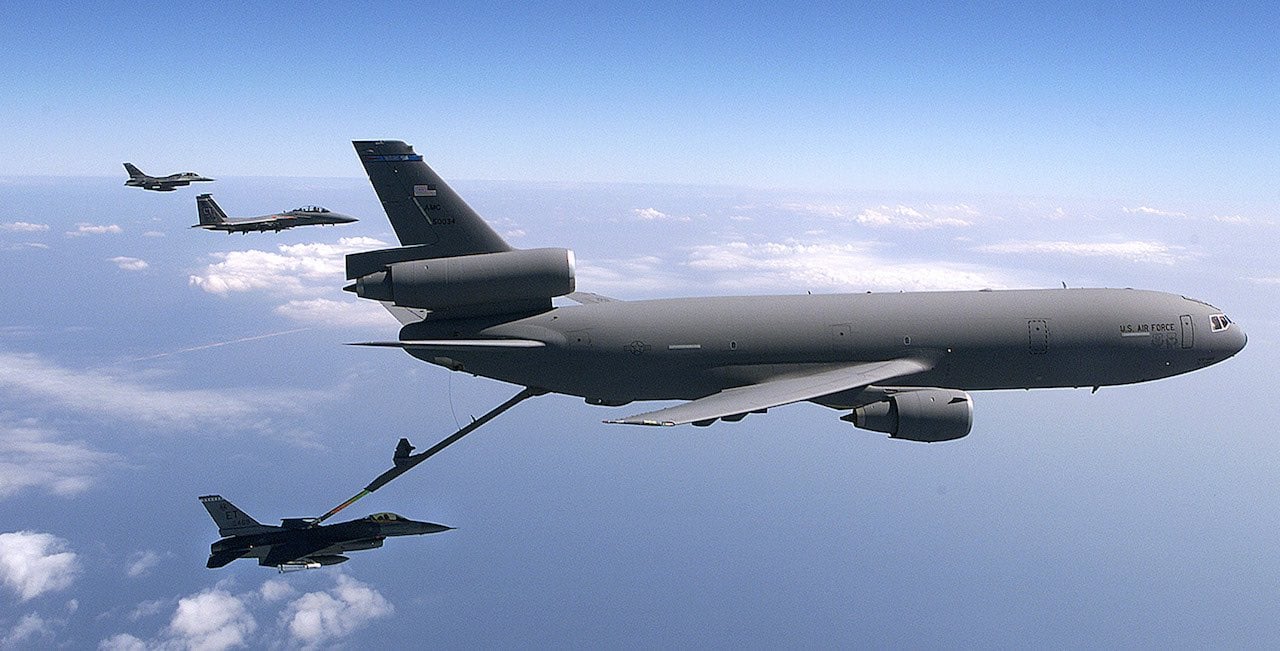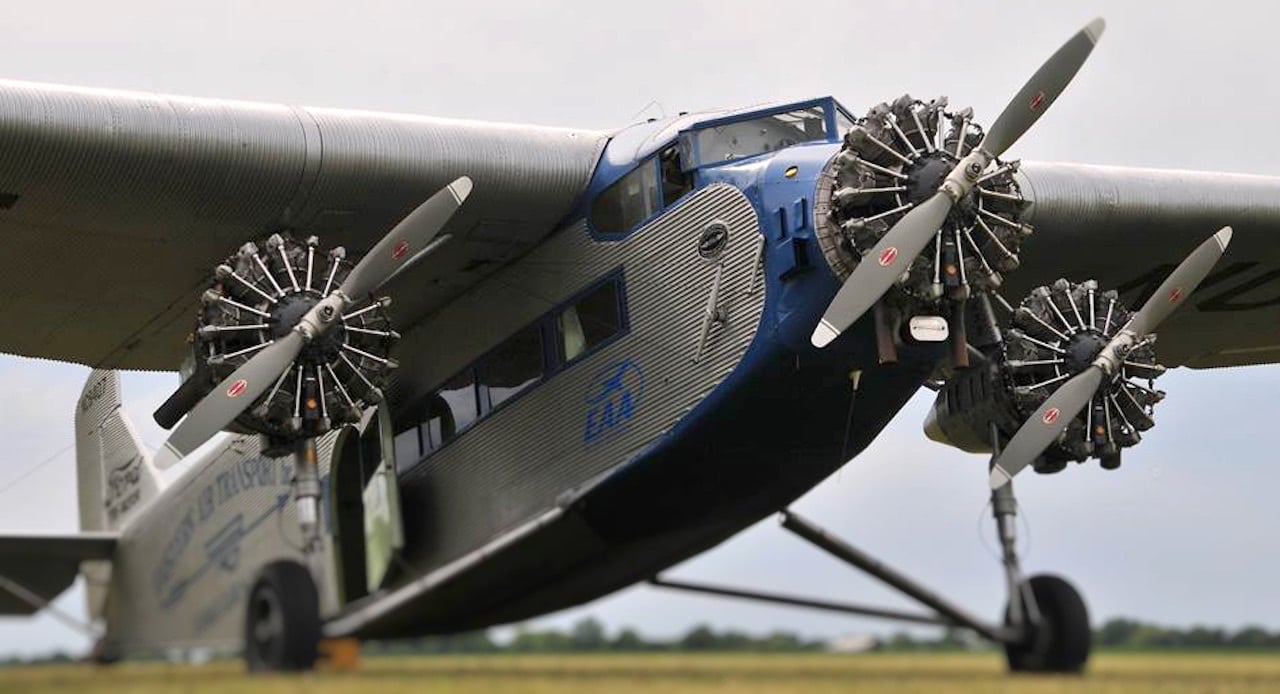Trijets, also known as tri-engines, are aircraft equipped with three engines, one located on each wing and the third in the tail or fuselage. These aeronautical prodigies were extremely sought after during the 1970s and 1990s, when they served large routes with considerable cargo capacity.
However, technological evolution was not favourable to them and they were gradually relegated by twin-engine and four-engine aircraft.
In this post, we invite you on a journey through the timeline of these aircraft, from their conception to the present day and eventual projections.





